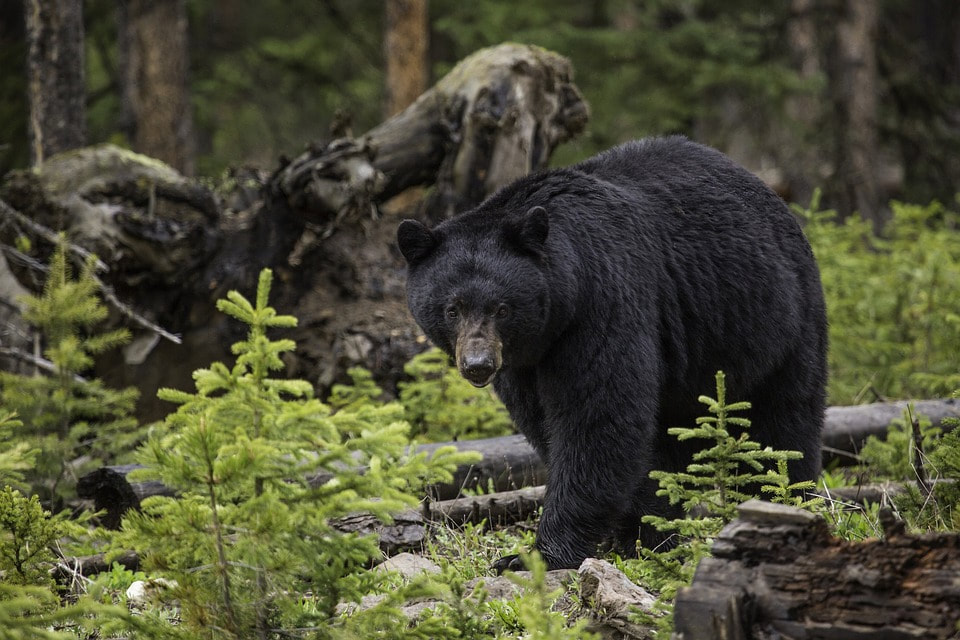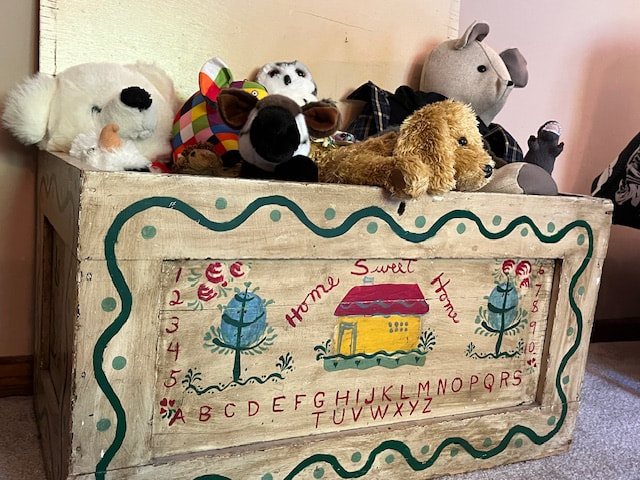|
Remember how impatient we were, four years ago, for the pandemic to be over? We hoped to get back to normal in a few weeks, then a few months, then by end of summer. Hospitals were overrun, medical staff burning out, supply chains interrupted, grocery stores out of toilet paper. Four years later, here we are. Covid-19 is shifting from pandemic toward endemic. How’s that working for you?
Several friends have mentioned a surprising nostalgia for the period of public emergency. Not everyone, of course; not those who lost loved ones, got seriously ill, or suffered in isolation. For some, though, lockdown slowed us in ways we hadn’t slowed in decades. Unsafe to travel, attend indoor concerts, or gather with crowds of friends, we rediscovered quieter pleasures. Reading. Working jigsaw puzzles. Baking. Gardening. Sorting old photographs. We learned about ourselves. Extroverts might discover that bigger and busier isn’t always happier. Introverts might find they miss the casual day-to-day contact of earlier times. Now it’s for us to invent a new normal that incorporates what we’ve learned. Image: Covid-19 ICU patient in São Paulo, May 12, 2020.
2 Comments
Five Americans on three motorcycles stared at the road ahead, twisting down into Africa’s deepest canyon until it zigzagged out of sight. We couldn’t see Ethiopia’s Tekeze River at the bottom. With a deep breath, we left the plateau to coast downhill for miles, using only our brakes. The surrounding forest showed no sign of human habitation. A baboon loped off among the trees. At every switchback the temperature rose. By the time we reached the bridge we were sweltering. Only fear of parasites kept us from jumping into the river to cool off.
Eventually we stopped at a village high on the opposite side. The milder air felt glorious. The villagers sold us soft drinks. On the return trip, we vowed, we would cross the river in the cool of the evening. A week later we came back through the village, only to find a heavy log blocking the road. “You can’t go now. It is almost dark,” an English-speaker told us. “Bad men live in that forest. They will cut your throats and take your money.” To travel earlier is too hot, we insisted. Under protest, the villagers moved the barrier and we started down. At first all was calm. Then half a dozen ragged Ethiopian men with guns appeared in front of us. Suddenly the villagers’ warnings seemed more real. Was I afraid? I think I mostly felt numb. With no options, we prepared to hand over our belongings and hope the best for our throats. One of the men addressed us in English. They were policemen, he told us. The forest held bad men, who would cut night travelers’ throats and take their money. We should stay at the police encampment until daylight. Unsure if this was true or a hoax, this time we didn’t argue. The police showed us where to spread our sleeping bags. They sat up all night singing. Sleepless but safe, in the morning we thanked them for breakfast and rode on. Why do some memories of drama feel adventurous from a distance, while others turn my stomach even in retrospect? Maybe the numbness brought detachment. Maybe rehashing with my travel companions made the difference. I don’t know. From a 55-year distance, this is a memory that makes me smile. Images: Mike Wallach, “Road Trip to Axum,” November, 2012. My experience on that road long predates the construction of the controversial Tekeze hydroelectric dam. Last week, three near neighbors whose homes back onto a natural resource area woke to find their birdfeeders and trash bins ravaged. No mere raccoon was strong enough to bend the poles and chew through the feeders. We had a bear in the neighborhood.
An estimated 24,000+ black bears live in Wisconsin, up from 9,000 in 1989. Most live in the north, far from us, but their range is expanding southward. They wander in late spring and early summer to find food and mates. In the past few years, bears have been seen in Madison, Middleton, Waunakee, and Windsor, practically shouting distance from my home. How I’d love to see last week’s vandal! Preferably from a distance and through the window. I still recall with delight watching bears as a child in Yellowstone, before the park changed its practices to reduce bear/human contact and resultant injuries. With reluctance, I must admit it’s probably better for the neighborhood if our midnight visitor has moved on. Image: Wisconsin Department of Natural Resources. “It’s clean-up time! It’s clean-up time! Put all the toys away,” the toddlers sang with glee as they moved playthings from the floor into the toybox. In a few years they’ll be sweeping the porch with child-sized brooms. When will they learn to tell work from play? “Need to” from “want to”? The price from the pleasure?
Work is an activity to achieve a goal or result, or a task that has to be done, or both. But is the difference from recreation so clear? I work in the garden to tidy our grounds, but even more to soak up the long-awaited sun and sweet spring air. Don’t some athletes play in part to reach the finals or earn a college scholarship? Some work is arduous, painful, and unavoidable. Some workers must carry that burden for exhausting hours at a stretch. For others of us, including but not limited to writers and artists, the line between work and play is thinner. In Flow: The Psychology of Optimal Experience, as I recall, Mihaly Csikszentmihalyi describes a building custodian who makes a game of his job by guessing how many minutes each task will take. Next time a week feels encumbered with obligations and appointments, I’ll try to imagine myself an innocent toddler who hasn’t yet tasted from the tree of knowledge of work and play. |
AuthorI'm a historian who writes novels and literary nonfiction. My home base is Madison, Wisconsin. Archives
July 2024
|





 RSS Feed
RSS Feed